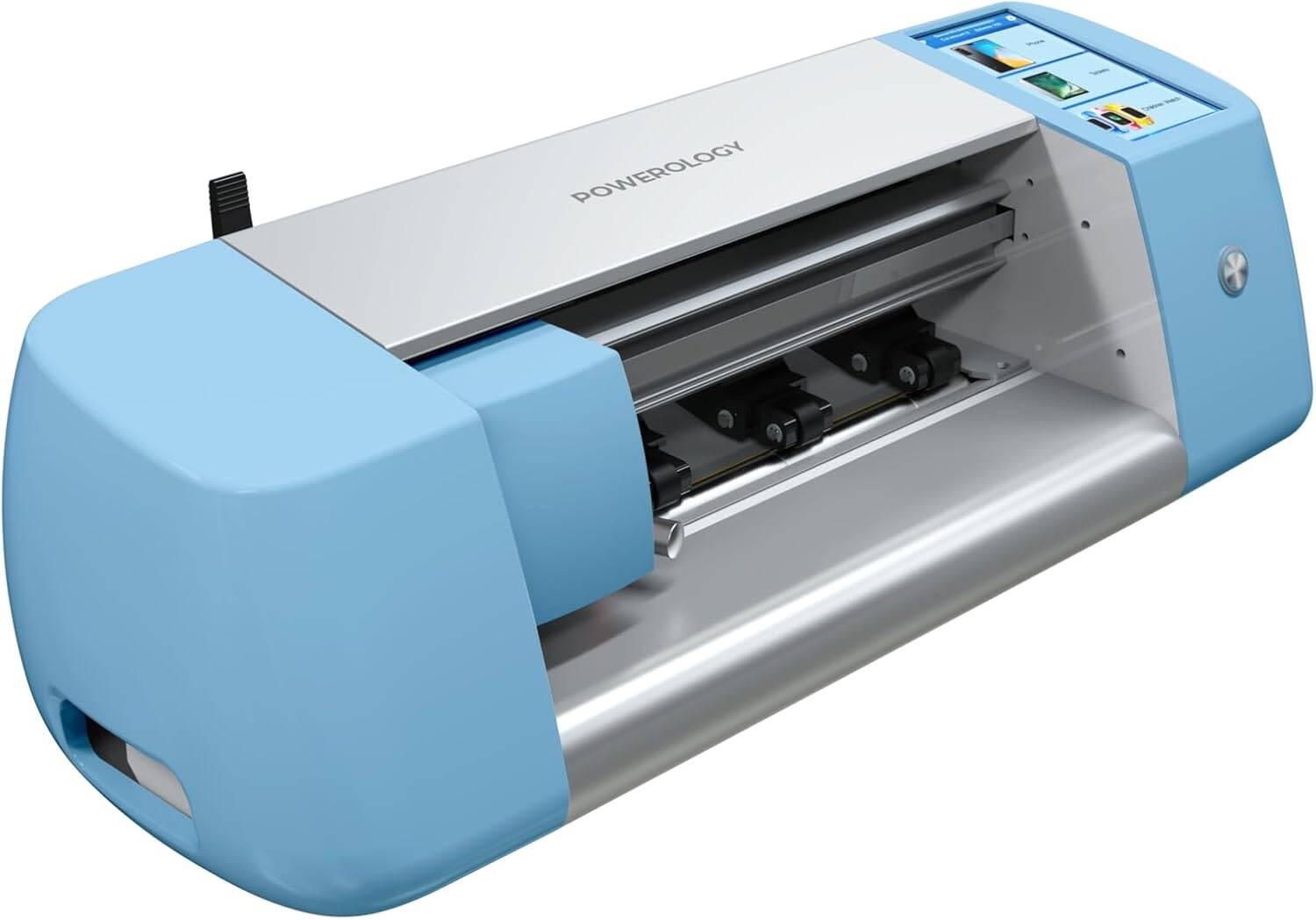In today’s fast-paced tech world, the demand for screen protectors has skyrocketed. Whether for smartphones, tablets, or other delicate gadgets, the importance of flawless, efficient production cannot be overstated. Enter the screen protector machine, a vital piece of equipment that shapes the future of screen protection manufacturing. Trusted by experts in 2025, these machines combine precision, speed, and innovation to deliver top-notch screen protectors.
This article dives deep into everything you need to know about the Screen protector machine trusted by experts in 2025 — from its features and benefits to industry trends and buying tips. Whether you’re a manufacturer or a tech enthusiast, this comprehensive guide will inform and engage you.
Why the Screen Protector Machine is Essential in 2025
With the continuous evolution of mobile devices and wearables, the quality requirements for screen protectors have become more stringent. Experts trust the screen protector machine because it ensures:
- Precision Cutting: Modern machines deliver precise cuts, tailored to various device models.
- High Production Efficiency: Speed without compromising quality is key.
- Material Versatility: From tempered glass to PET films, machines handle diverse materials.
- Automation: Reducing human error and labor costs.
In 2025, these factors make the screen protector machine indispensable for businesses aiming to lead the market.
Key Features of the Screen Protector Machine Trusted by Experts
When selecting a screen protector machine, experts look for advanced features that elevate production quality and streamline workflows.
1. High-Precision Laser Cutting
Laser cutting technology is at the heart of expert-trusted machines. It provides sharp, accurate edges and perfectly fits various device screens, minimizing waste.
2. Automatic Feeding and Loading
Automation reduces manual intervention, ensuring consistency and higher throughput. The best machines come with automatic feeding systems for raw materials.
3. Multi-Layer Processing
To meet modern standards, machines can handle multi-layer laminations, such as anti-glare, anti-fingerprint, and privacy films.
4. User-Friendly Interface
A touchscreen panel with intuitive controls helps operators manage production easily, even with minimal training.
5. Customizable Settings
The ability to adjust parameters for different screen sizes and material thicknesses ensures flexibility.
Benefits of Using a Screen Protector Machine
The adoption of a screen protector machine brings numerous advantages:
- Consistency in Quality: Machines deliver uniform products that meet industry standards.
- Reduced Waste: Precise cutting and processing minimize material loss.
- Faster Turnaround: Automated systems speed up production cycles.
- Cost Efficiency: Long-term savings from reduced labor and higher productivity.
- Enhanced Market Competitiveness: High-quality output attracts premium buyers.
Industry Trends Influencing Screen Protector Machines in 2025
Smart Automation and AI Integration
Modern screen protector machines increasingly use AI to detect defects and optimize cutting paths. This reduces errors and improves yield rates.
Eco-Friendly Manufacturing
Sustainable practices influence machine design, encouraging energy-efficient models and recyclable material compatibility.
Expansion of Device Compatibility
As the number of device models grows, machines must be adaptable to new sizes and shapes, which experts demand.
How to Choose the Right Screen Protector Machine in 2025
Choosing the perfect machine requires evaluating your specific needs:
Assess Production Volume
Are you producing for mass markets or custom orders? High-volume production requires robust, fast machines.
Material Types
Verify that the machine supports the types of materials you intend to use, such as tempered glass or flexible films.
Budget Considerations
While quality matters, weigh cost against potential ROI. Investing in a trusted machine usually pays off with improved output.
After-Sales Service
Reliable technical support and easy access to spare parts are crucial for minimizing downtime.
Maintenance Tips for Your Screen Protector Machine
To maintain peak performance:
- Regularly clean cutting heads and feeding mechanisms.
- Perform routine software updates if the machine supports them.
- Calibrate sensors and cutting tools as recommended.
- Keep the machine environment dust-free and temperature-controlled.
Screen Protector Machine Use Cases
Smartphone Screen Protectors
Most commonly used, requiring precision to fit curved and flat screens.
Tablet and Laptop Screen Protectors
Larger sizes demand machines that can handle bigger materials without loss of accuracy.
Specialized Screens
Machines also cater to smartwatches, automotive displays, and industrial equipment.
Conclusion: Invest in the Screen Protector Machine Trusted by Experts in 2025
The future of screen protector manufacturing lies in automation, precision, and adaptability. The screen protector machine trusted by experts in 2025 offers all these benefits, ensuring your production remains competitive and quality-focused. Investing in such a machine is a smart business move that guarantees efficiency, cost savings, and excellent product quality.
Whether you’re scaling up production or improving your product line, selecting the right screen protector machine is crucial. Prioritize features like laser cutting, automation, and multi-material compatibility to stay ahead in the market. Click here to return to the homepage and unlock more content.
FAQ
Q1: What types of materials can a screen protector machine handle?
A: Most machines support tempered glass, PET film, TPU, and multi-layer laminations, catering to diverse manufacturing needs.
Q2: How does automation improve screen protector machine performance?
A: Automation reduces human errors, increases production speed, and ensures consistent quality across batches.
Q3: Are screen protector machines expensive to maintain?
A: Maintenance costs are generally low if regular cleaning and calibration are performed. Investing in a machine with good support reduces downtime and costs.
